

Engines
Gears

Hydraulic,
Compressors,
Turbines
Greased
Bearings
Please select a sample/machinery type to find out more about the wear limits
Note all values are general guidelines only. The use of LubeWear Large to small wear ratios, trending and combination of data is used to set the final severity
LubeWear Quick Guide To Lube Sample Limits
Construction & Mining

Engine Oils
Select Type
Go Back
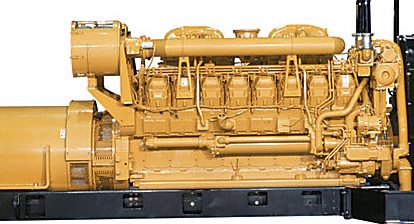


Road
Industrial & Marine Engines,
Generators
Methane Gas Engines

Engine Oils
Generators &
Industrial Engines
Note all values are general guidelines only. The use of LubeWear Large to small wear ratios, trending and combination of data is used to set the final severity.
Note Copper can be high on own as leaching and all wear values can be higher during running in period. Consult the lab if you have questions


Engine Oils
Methane Gas
Engines
Low Ash Oil Used for example
Go BackGo BackNote all values are general guidelines only. The use of LubeWear Large to small wear ratios, trending and combination of data is used to set the final severity.
Note this is a generic Low Ash set of limits for a typical gas engine. Many OEMs and lube providers have their own specific set of limits based on product,
gas and ash type.


Engine Oils
Road Vehicles
(Heavy Duty)
Note all values are general guidelines only. The use of LubeWear Large to small wear ratios, trending and combination of data is used to set the final severity.
Note Copper can be high on own as leaching and all wear values can be higher during running in period. Consult the lab if you have questions


Engine Oils
Construction &
Mining
Note all values are general guidelines only. The use of LubeWear Large to small wear ratios, trending and combination of data is used to set the final severity.
Note Copper can be high on own as leaching and all wear values can be higher during running in period. Consult the lab if you have questions
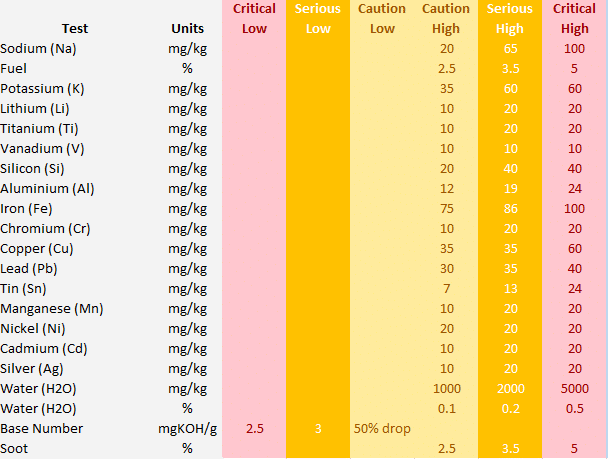


Grease & Bearings
Go BackNote all values are general guidelines only. The use of LubeWear Large to small wear ratios, trending and combination of data is used to set the final severity

Construction & Mining
Gears, Diffs & Axles

Gear Oils
Select Type
Go Back

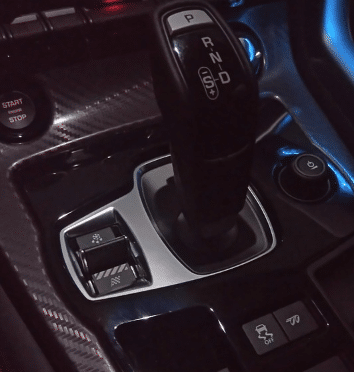



Road Axles & non-ATF
Transmissions
ATF Transmissions
Wind Turbines
Industrial Gears

Gear Oils
Go BackConstruction &
Mining Gears, Axles,
Diffs & Final Drives

Note all values are general guidelines only and there can be a lot of variation depending on fluid volume, loading etc.
The use of LubeWear Large to small wear ratios, trending and combination of data is used to set the final severity

Gear Oils
Go BackRoad Diffs & Axles
(Heavy Duty)


Note all values are general guidelines only and there can be a lot of variation depending on fluid volume, loading etc.
The use of LubeWear Large to small wear ratios, trending and combination of data is used to set the final severity

Gear Oils
Go BackIndustrial Gears


Note all values are general guidelines only and there can be a lot of variation depending on fluid volume, loading etc.
The use of LubeWear Large to small wear ratios, trending and combination of data is used to set the final severity

Gear Oils
Go BackWind Turbines


Note all values are general guidelines only and there can be a lot of variation depending on fluid volume, loading etc.
The use of LubeWear Large to small wear ratios, trending and combination of data is used to set the final severity

Gear Oils
Go BackAutomatic
Transmission
Fluids

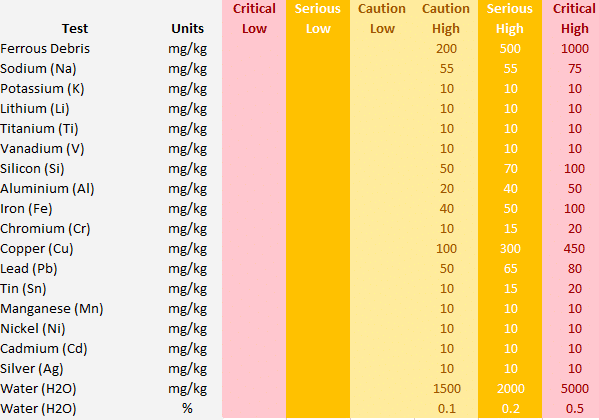
Note all values are general guidelines only and there can be a lot of variation depending on fluid volume, loading etc.
The use of LubeWear Large to small wear ratios, trending and combination of data is used to set the final severity

Hydraulics &
Steam/Gas
Turbines


Note all values are general guidelines only and there can be a lot of variation depending on fluid volume and cleanliness of surrounding environment.
The use of LubeWear Large to small wear ratios, trending and combination of data is used to set the final severity
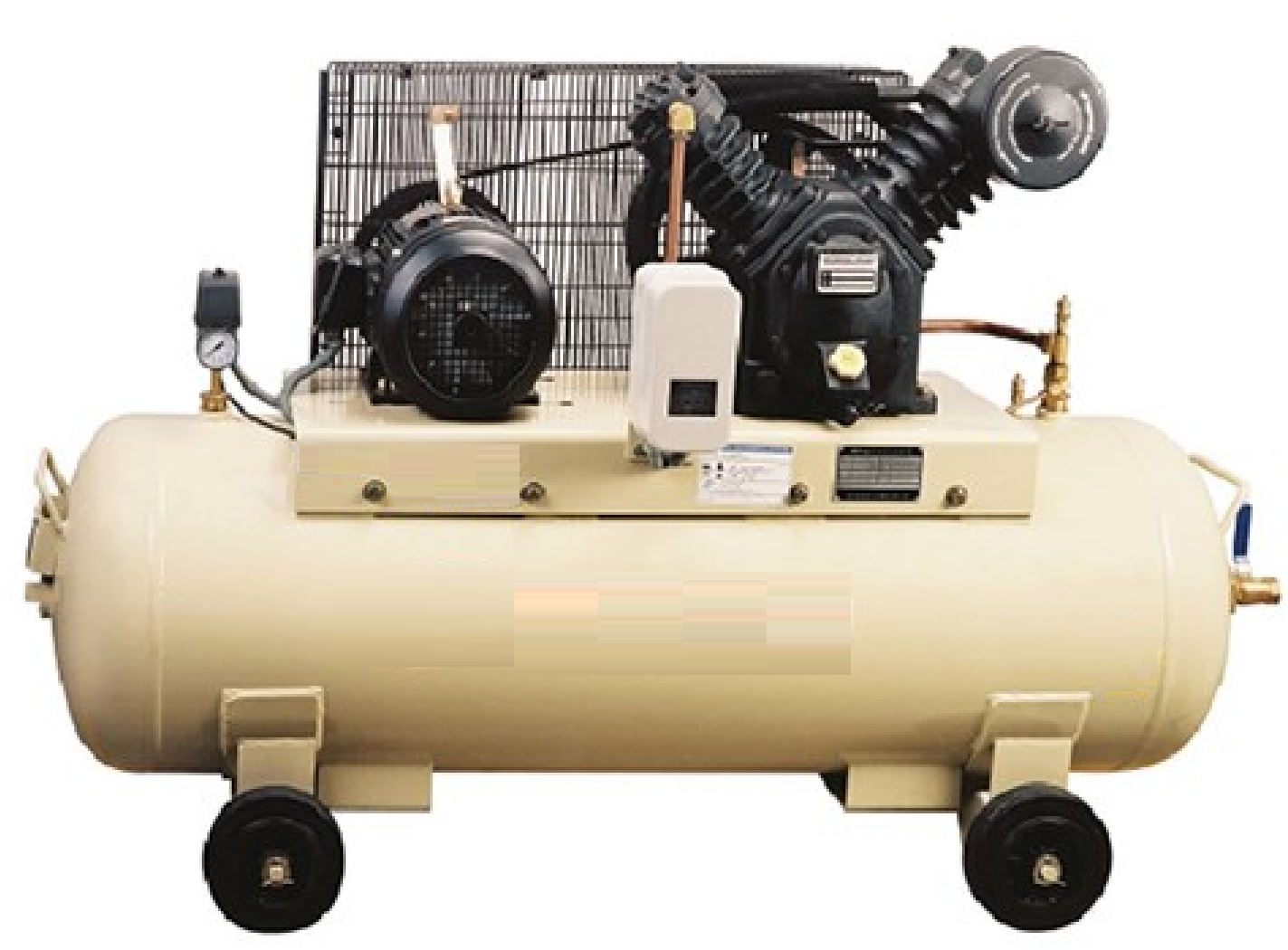
Compressors
(Fridge & Air)


Note all values are general guidelines only and there can be a lot of variation depending on fluid volume and cleanliness of surrounding environment.
The use of LubeWear Large to small wear ratios, trending and combination of data is used to set the final severity
Note these limits are all general guides only based on typical drain intervals and a mid-life piece of machinery. It takes a lot of experience to review the data to form the overall diagnosis. Hence these should not be used to base a maintenance decision without first discussing with the laboratory first. If you ever get stuck and want to discuss a report simply click the contact us button on the bottom right of the screen.
To find out more about the sources of wear elements see Learn Oil Analysis Guide to element sources.


